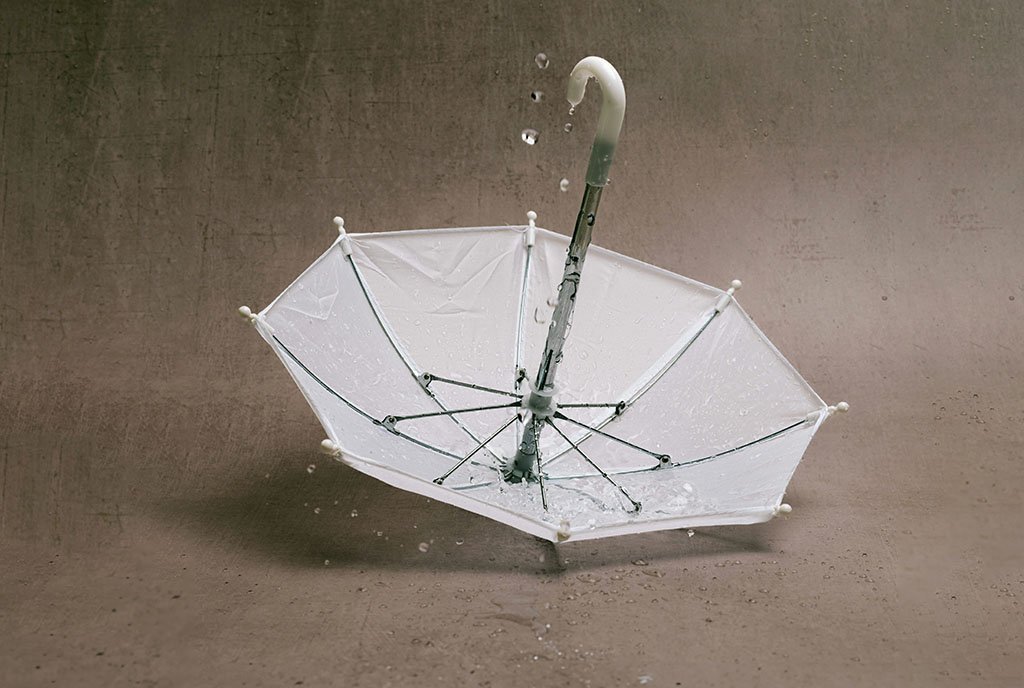
Colleague Pam Grow forwarded a question to me from one of her subscribers. That inspired me to write about giving societies. So here goes:
Giving societies, or gift clubs, or levels of donor recognition with benefits…no matter what you call them, they’ve been around forever. I imagine that lots of organizations find these useful. I suspect that it appears as if these societies and clubs work.
But—and this is a pretty big “but”—like so much of fundraising, we have observation but no real research. No extensive quality-controlled academic research to prove to us that whatever happens is happening because of the gift club/society/etc. I remember asking fundraising research guru Adrian Sargeant about giving clubs and research. His response was, essentially, “Ah yes, another thing that the fundraising profession has not actually researched.”
So, here’s what we intend these societies/clubs to do: retain donors. Help donors move up the ladder of giving. Of course, the question is, does a society or club help do that? Or did something else produce that result?
What we do know from research is this: Loyalty is the holy grail of fundraising. (Thanks to the Agitator for that glorious statement.) Loyalty is the holy grail of any business. It costs an estimated 10 times more to acquire a new donor than it does to keep a current donor. Loyal donors do, when treated well, often increase their investments. And loyal donors (even giving $50 a year for 10 years) are the best bequest prospects.
Research tells us that that loyalty depends upon operating as a donor-centered organization and nurturing relationships with those donors. Read Adrian Sargeant’s research (Building Donor Loyalty, authored by Sargeant and Elaine Jay) to learn about why donors remain loyal. Also, see Fundraising Principles and Practice by Sargeant, Shang, and Associates to learn about donor psychology.
Read Keep Your Donors by Joyaux and Ahern to learn all about nurturing relationships with donors through donor-centered communications and cultivation, which I now call extraordinary experiences. Check out Pam Grow’s Donor Retention Project, which includes 12 action guides, 12 interviews on CD, and more from experts in donor retention.
Just to whet your appetite, here’s a bit of what Adrian’s research tells us about what builds donor loyalty.
- Donors are aware of consequences, i.e., believing that “someone might be hurt if I don’t give.”
- Your service quality (to the donor) is good, e.g., anticipating questions, acknowledging gifts promptly, being easy to work with, staying focused on the customer—and donors are the customers!
- Donors are learning, e.g., like you’re taking them on a journey through extraordinary experiences that help them feel your impact.
There are more reasons and strategies to build donor loyalty. It’s your job to learn this stuff. Read the resources mentioned above.
If you don’t operate as a donor-centered organization, you will lose donors. If you lose donors, you won’t have any loyal donors who will increase their gifts over the years. If you don’t have an intentional relationship-building program, you will lose donors, and donors will not increase their gifts.
Nurturing relationships (donor-centered communications and extraordinary experiences) is how we show and tell donors their impact. Nurturing relationships is how we produce the three bullets above—and everything else that the research shows.
Sign up for our free newsletters
Subscribe to NPQ's newsletters to have our top stories delivered directly to your inbox.
By signing up, you agree to our privacy policy and terms of use, and to receive messages from NPQ and our partners.
Some relationship-building strategies must apply to all donors, e.g., the donor newsletter that tells donors what a great impact they have. If you don’t tell the donor of $25 how important she is and what impact she and her gift produced, why would she ever give again or give more? If you don’t regularly keep in touch with stories and offer experiences to “live” your mission and donor impact, how will the donor feel and engage more?
Some relationship-building strategies should focus on loyalty. For example, when you recognize donors (by name) on your website, in your newsletter and annual report or wherever, use a special icon to designate loyal donors. Loyal donors are very important.
Remember, loyalty is the holy grail.
In fact, I might even say that loyal donors are more important than Ms. Big Bucks.
I just might say that.
(Obviously, you have to balance workload and resources. Blah blah blah. You figure it out.)
Now back to gift societies/clubs specifically: I don’t like them. Yes, I might choose to recognize donors in categories by gift amounts. But I don’t attach benefits. I want maximum flexibility. I want to ask those loyal $25 donors to the insider update, along with a bunch of donors who gave $1,000 and a $10,000 donor, too. I invent relationship-building strategies and invite various donors at different times for different reasons.
I don’t do big, monstrous parties. I nurture some relationships one-on-one. Some in small groups, of five or 10 or 20. And maybe some at an annual appreciation event. I invite a few people over for coffee and tea and an insider update about how we’re spending their money.
You’ll find tons of ideas for building relationships—a big long list, with no gift societies—in my book, Keep Your Donors. See more ideas in my blogs. See other ideas in my NPQ web column, Unraveling Development.
Here’s the bottom line: If you think some gift club is a quick and easy way to offer a few benefits to get donors to stick around and increase their gifts, then gift societies won’t work. If you think of your donors as ATMs that finance your mission, then nothing will work to retain donors and increase their gifts. This is about actually caring about your donors. This is about helping your donors fulfill their aspirations.
First, get your head on straight about donor-centrism and donor loyalty.
Then, decide if gift societies are a useful strategy.











